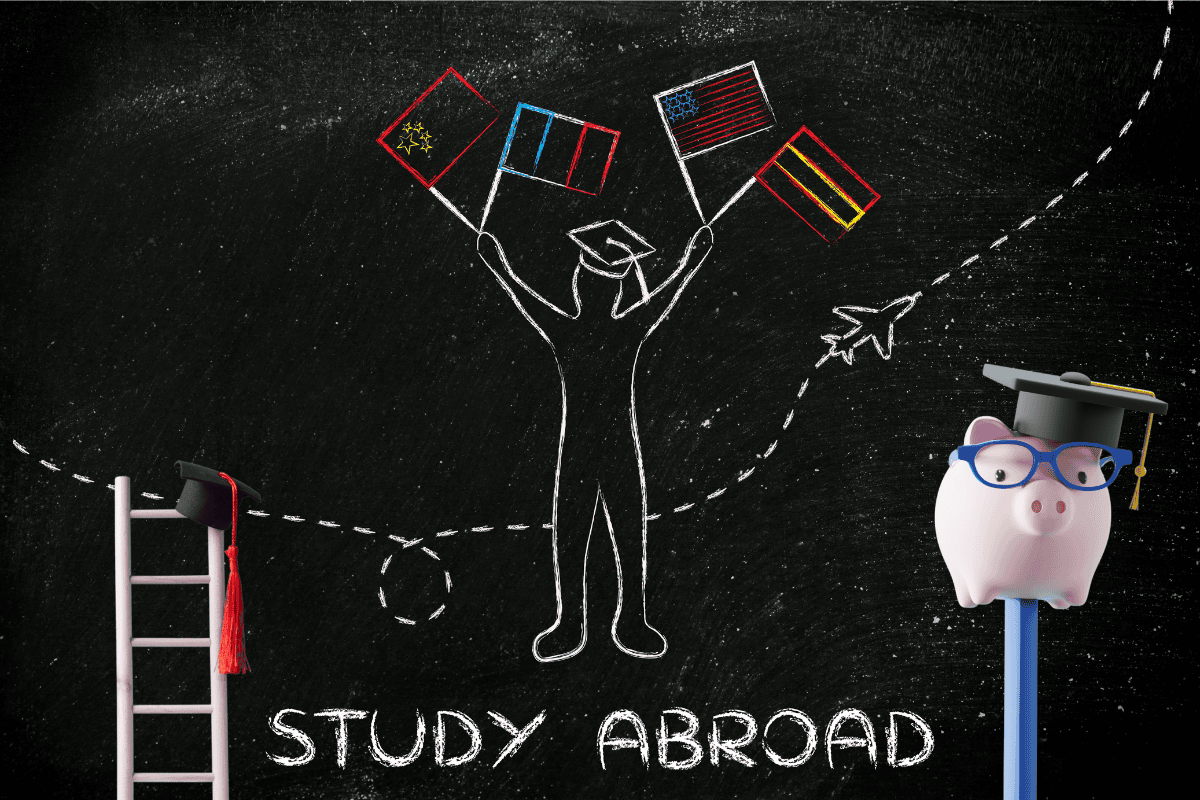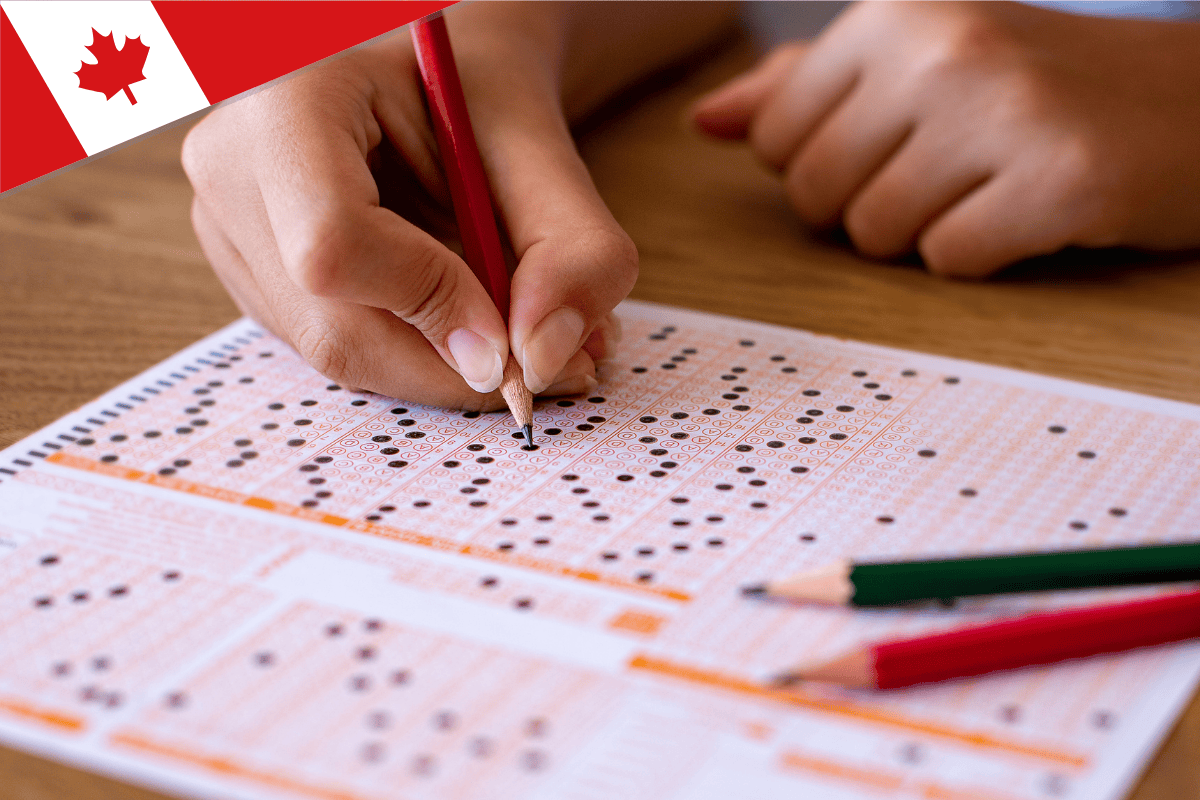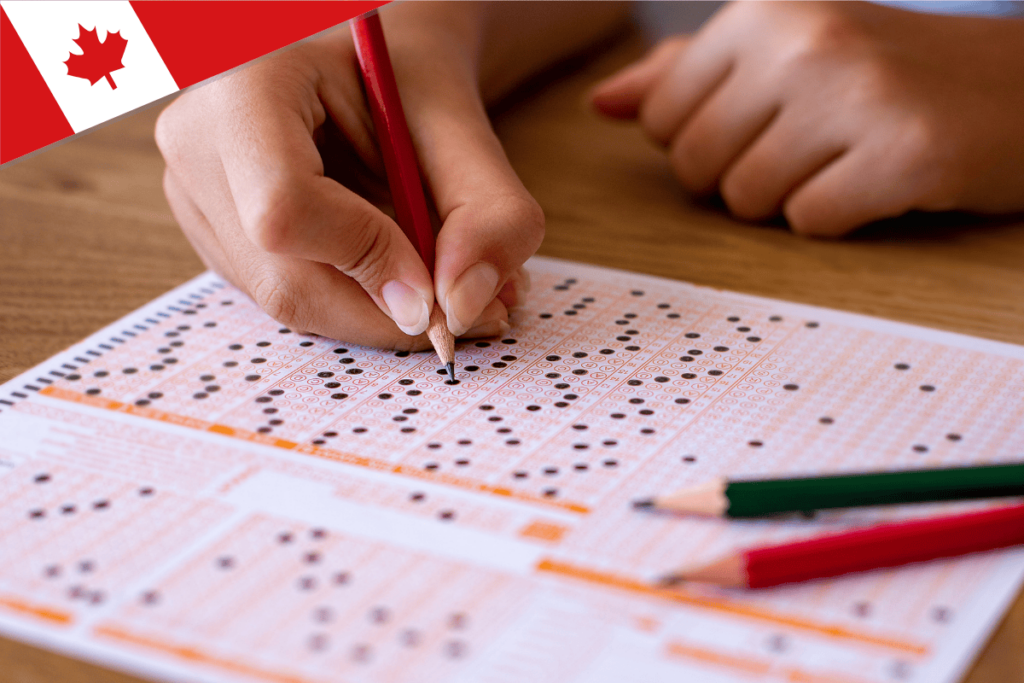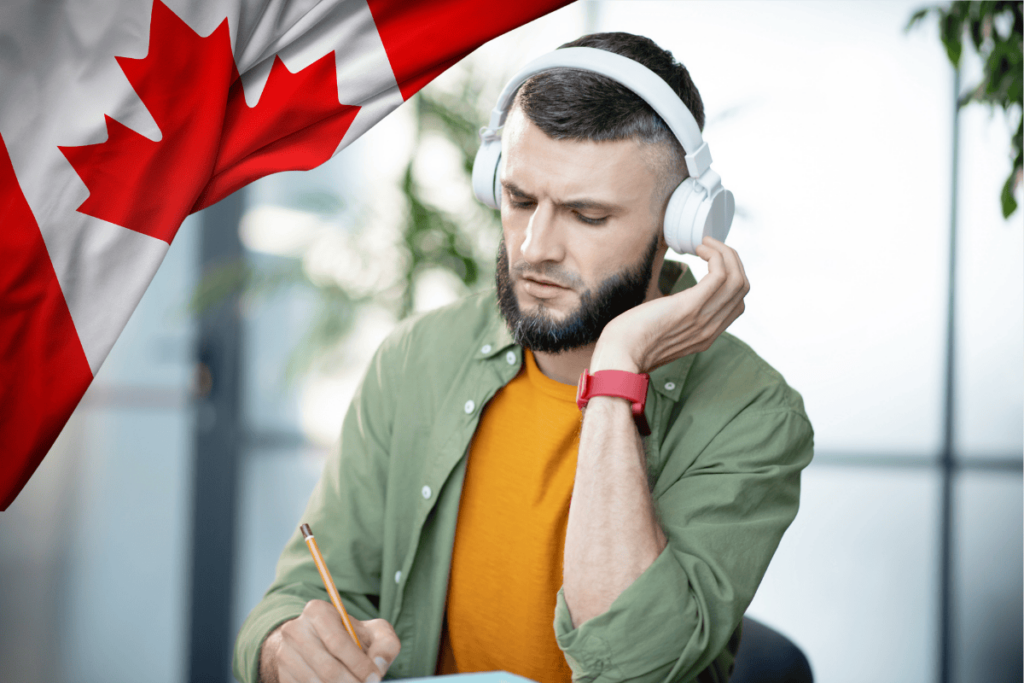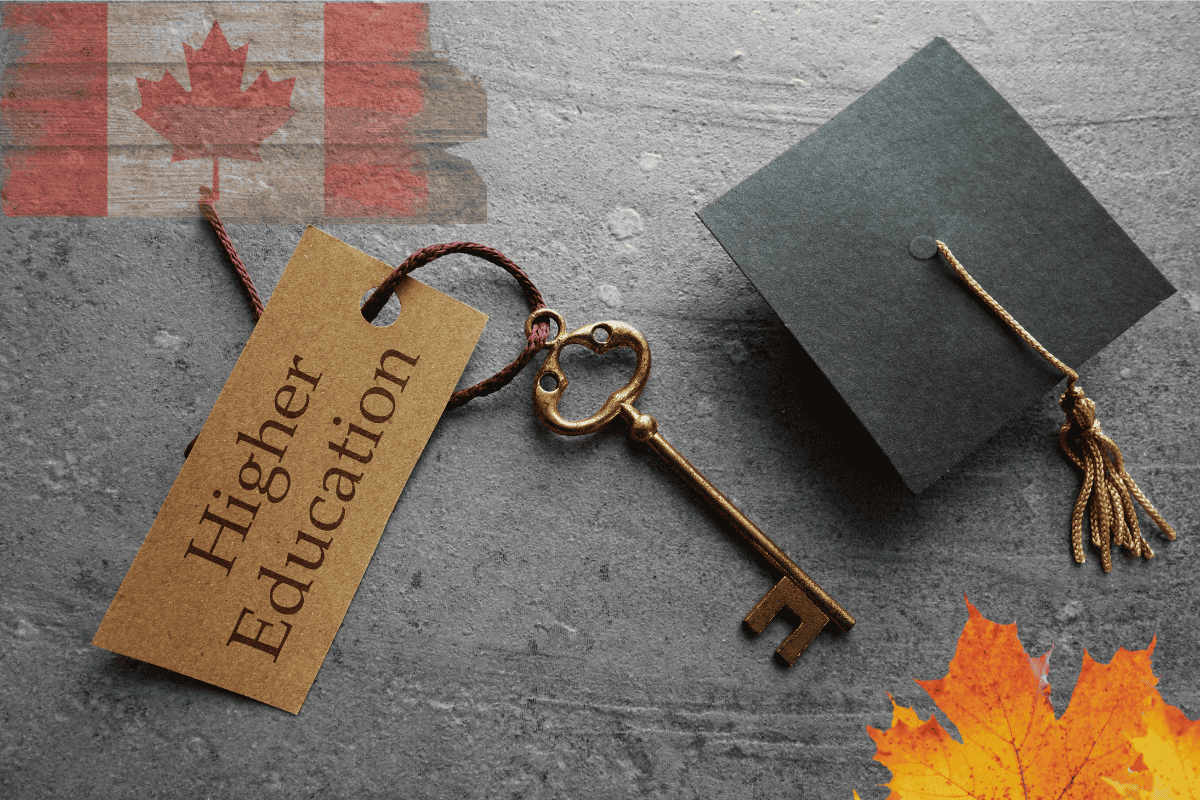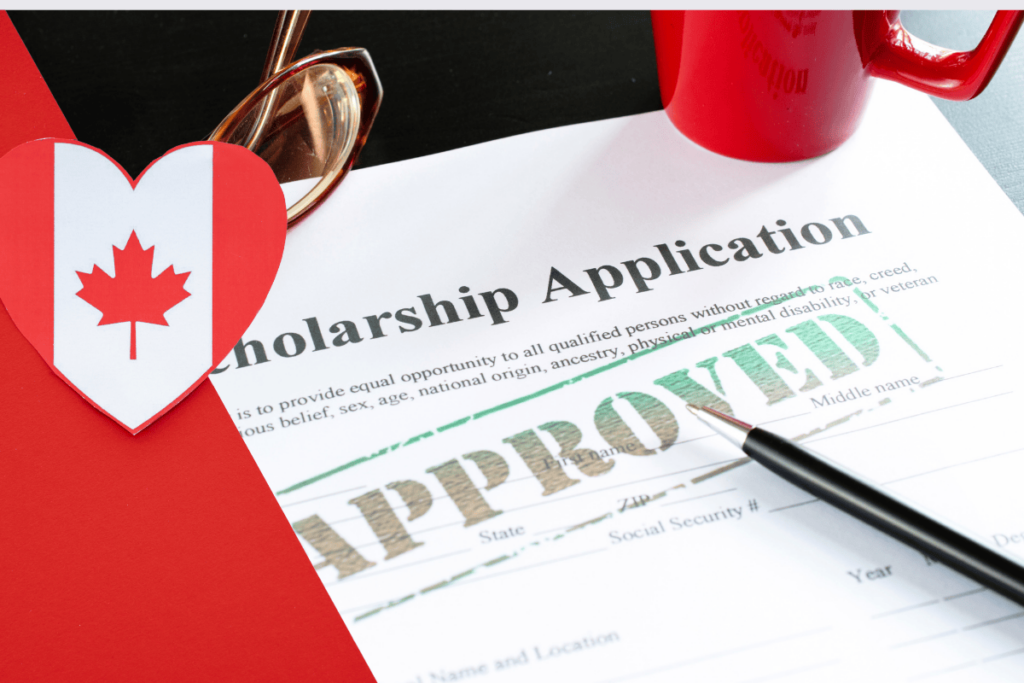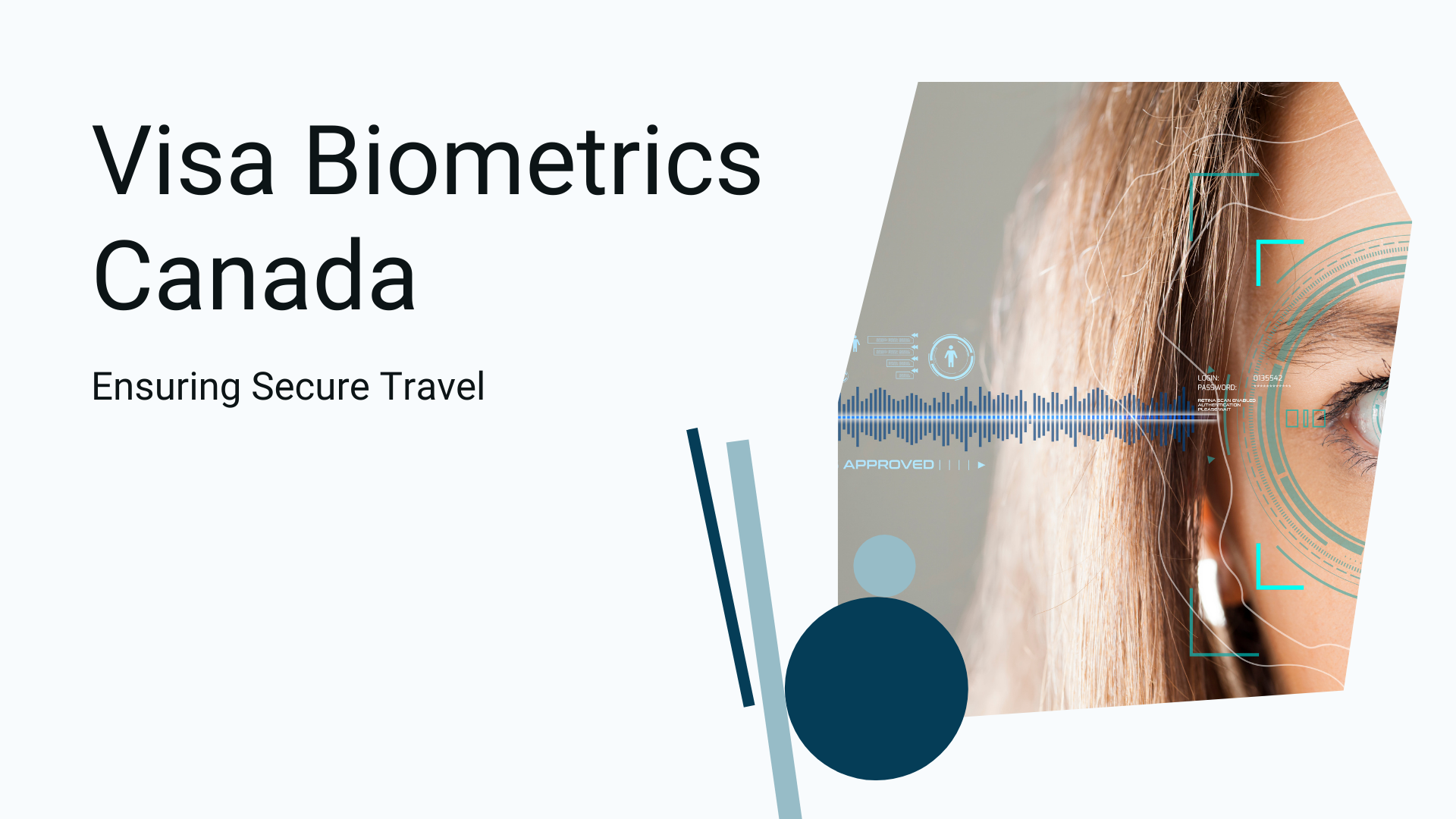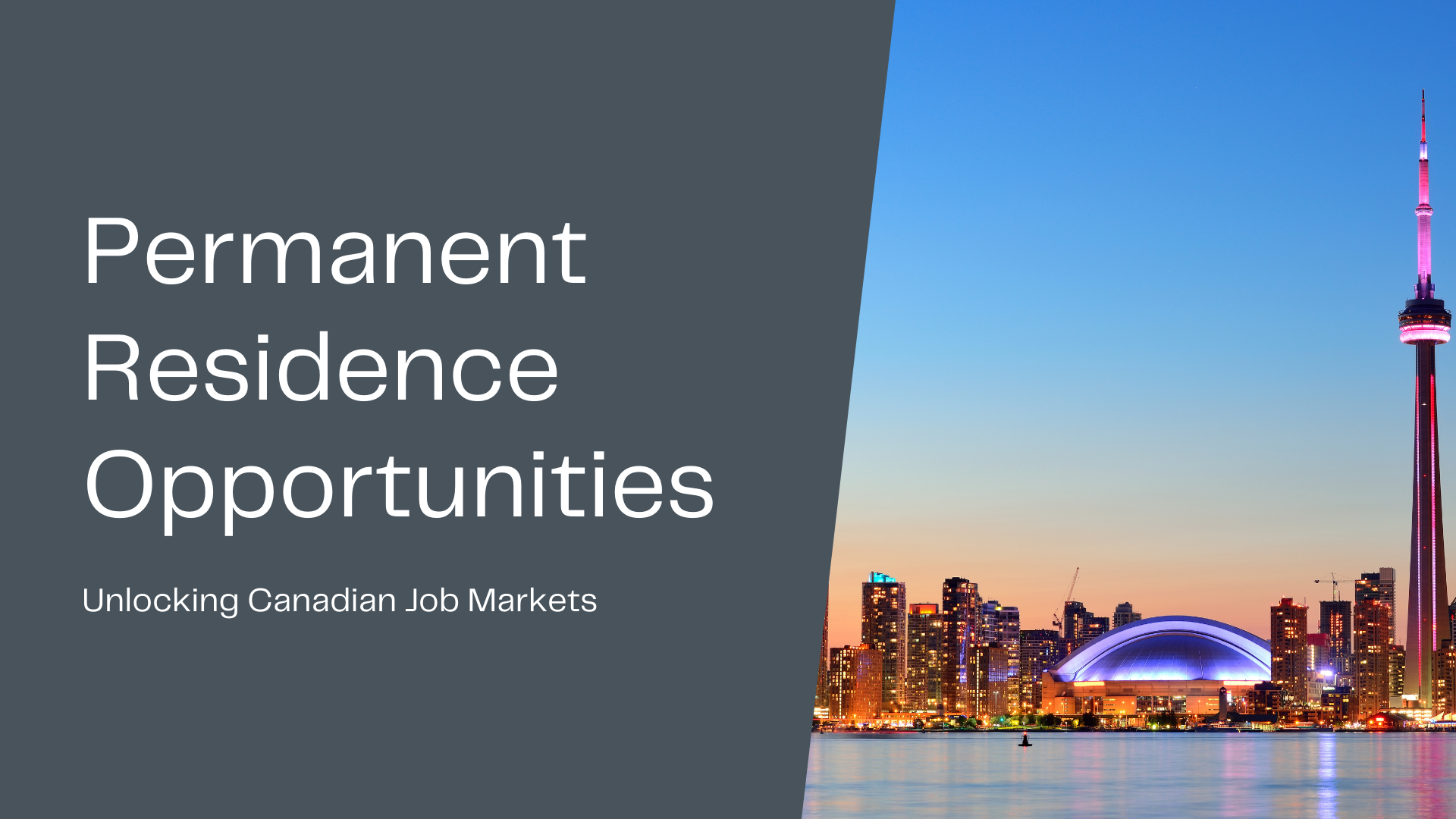
Studying abroad is a dream for many Indian students, but financial constraints can often be a barrier. However, several scholarships for Indian students after 12th, postgraduate, and Ph.D. programs help ease the financial burden. Whether you are looking for fully funded scholarships for Indian students or partial funding options, this comprehensive guide covers everything you need to know.
Why Apply for Scholarships to Study Abroad?
Benefits of Study Abroad Scholarships:
- Financial Support: Scholarships cover tuition fees, living expenses, travel costs, and sometimes even stipends.
- Prestigious Recognition: Winning a scholarship enhances your academic and professional profile.
- Networking Opportunities: Many scholarships provide access to exclusive alumni networks and career resources.
- Global Exposure: Studying abroad enriches your learning experience and career prospects.
Top Fully Funded Scholarships for Indian Students to Study Abroad
Fulbright-Nehru Master’s Fellowships (USA)
- Eligibility: Indian students pursuing a master's degree in the U.S.
- Benefits: Covers tuition, living expenses, and airfare.
- Application Process: Apply online through the U.S. Department of State website.
Chevening Scholarships (UK)
- Eligibility: Students with leadership potential from India.
- Benefits: Covers tuition, travel, and living expenses.
- Application Process: Requires a strong academic background and work experience.
Commonwealth Scholarships (UK)
- Eligibility: Indian students applying for master's and Ph.D. programs in the UK.
- Benefits: Covers tuition, airfare, and a monthly stipend.
- Application Process: Must apply through the Ministry of Education, India.
Erasmus Mundus Joint Master’s Degree (Europe)
- Eligibility: Bachelor’s degree holders looking for master’s programs in Europe.
- Benefits: Full tuition, travel, and living allowance.
- Application Process: Apply through the Erasmus+ official website.
Inlaks Shivdasani Scholarships
- Eligibility: Indian students applying for postgraduate courses in top universities.
- Benefits: Covers tuition, living, and travel expenses.
- Application Process: Shortlisting based on academic and personal interviews.
Indian Government Scholarships for Studying Abroad
National Overseas Scholarship (NOS) for SC Students
- Eligibility: SC students pursuing postgraduate and Ph.D. programs abroad.
- Benefits: Covers tuition, travel, and living costs.
- Application Process: Apply through the Ministry of Social Justice and Empowerment.
Dr. Ambedkar Scheme for Overseas Scholarships
- Eligibility: SC and OBC students for postgraduate studies abroad.
- Benefits: Covers full tuition fees and a living stipend.
- Application Process: Applications accepted online through the government portal.
J. N. Tata Endowment for Higher Education
- Eligibility: Indian students pursuing higher studies abroad.
- Benefits: Loan scholarships with nominal interest.
- Application Process: Includes an aptitude test and an interview.
International Scholarships for Indian Students After 12th
Tata Scholarship for Cornell University (USA)
- Eligibility: Undergraduate Indian students at Cornell University.
- Benefits: Covers tuition and partial living expenses.
- Application Process: Apply through the Cornell admissions portal.
Scholars Program by Harvard University (USA)
- Eligibility: Indian students admitted to Harvard University.
- Benefits: Full financial aid based on need.
- Application Process: Automatic consideration during admission.
Orange Tulip Scholarship (Netherlands)
- Eligibility: Indian students applying for undergraduate and postgraduate studies.
- Benefits: Partial and full tuition fee coverage.
- Application Process: Apply via the Dutch universities offering this scholarship.
Scholarships for International Students in the UK

Gates Cambridge Scholarship
- Eligibility: Indian students applying for postgraduate studies at Cambridge University.
- Benefits: Covers full tuition and living expenses.
- Application Process: Apply via Cambridge University's scholarship portal.
Rhodes Scholarship (UK)
- Eligibility: Exceptional Indian students applying to the University of Oxford.
- Benefits: Covers tuition and a stipend for living expenses.
- Application Process: Requires academic excellence and leadership potential.
Scholarships in Europe for Indian Students
DAAD Scholarships (Germany)
- Eligibility: Indian students for master’s and Ph.D. programs in Germany.
- Benefits: Covers tuition, travel, and living expenses.
- Application Process: Apply through the DAAD portal.
French Government Charpak Scholarship
- Eligibility: Indian students pursuing higher education in France.
- Benefits: Covers tuition fees and living expenses.
- Application Process: Apply through Campus France.
Conclusion
Securing a scholarship to study abroad can be a life-changing opportunity for Indian students. With a variety of fully funded scholarships for Indian students to study abroad, international scholarships for Indian students after 12th, and Indian government scholarships for studying abroad, there is financial aid available for every academic level. By starting early, maintaining strong academic performance, and crafting a compelling application, you can increase your chances of winning a scholarship and fulfilling your dream of studying overseas.
Don’t let financial constraints hold you back from pursuing a world-class education! Apply before deadlines close
FAQs
How can I get a scholarship to study abroad from India?
Research different scholarships, meet eligibility criteria, maintain a strong academic record, and apply before deadlines.
What are the best fully funded scholarships for Indian students?
Some of the top fully funded scholarships include Fulbright-Nehru, Chevening, Commonwealth, Erasmus Mundus, and DAAD scholarships.
Are there scholarships for Indian students after 12th?
Yes, several scholarships such as Tata Scholarship (Cornell), Harvard Scholars Program, and Orange Tulip Scholarship are available.
Which country offers the most scholarships for Indian students?
The UK, USA, Canada, Germany, and the Netherlands offer a variety of scholarships for Indian students.
How do you get scholarships for university studies abroad?
Maintain high academic performance, prepare strong SOPs and LORs, research eligibility, and apply early.
Can SC students get scholarships to study abroad?
Yes, government schemes like National Overseas Scholarship and Dr. Ambedkar Overseas Scholarship provide financial aid for SC students.
What is the best scholarship in Europe for Indian students?
Erasmus Mundus, DAAD, and Charpak Scholarships are among the best options.
Are there scholarships for international students in the UK?
Yes, including Chevening, Commonwealth, Gates Cambridge, and Rhodes Scholarships.



